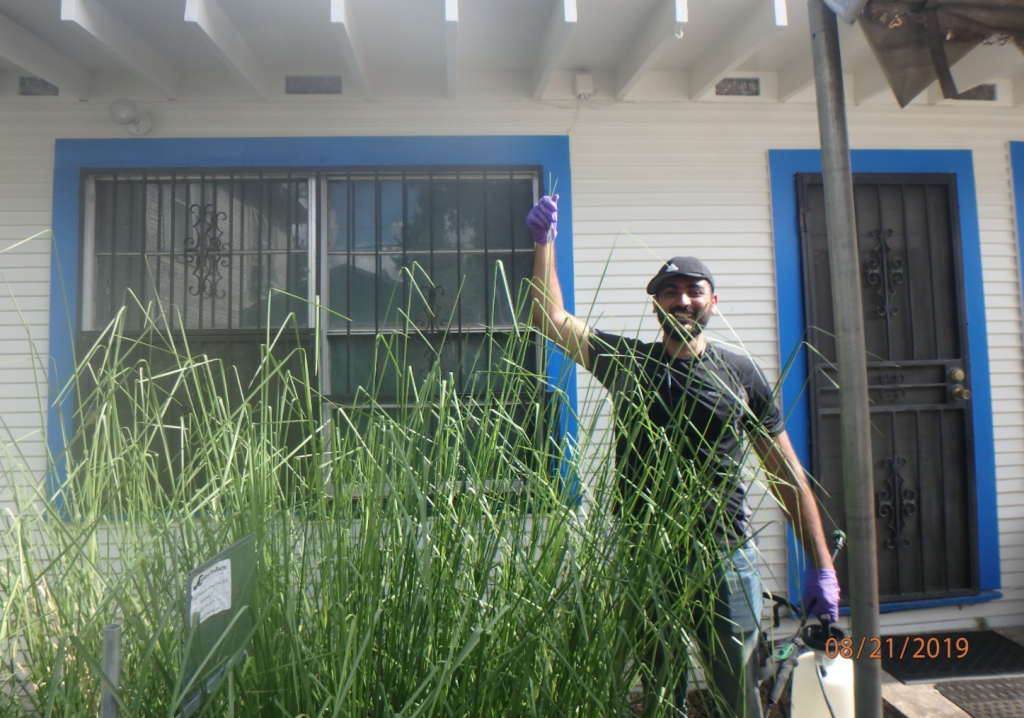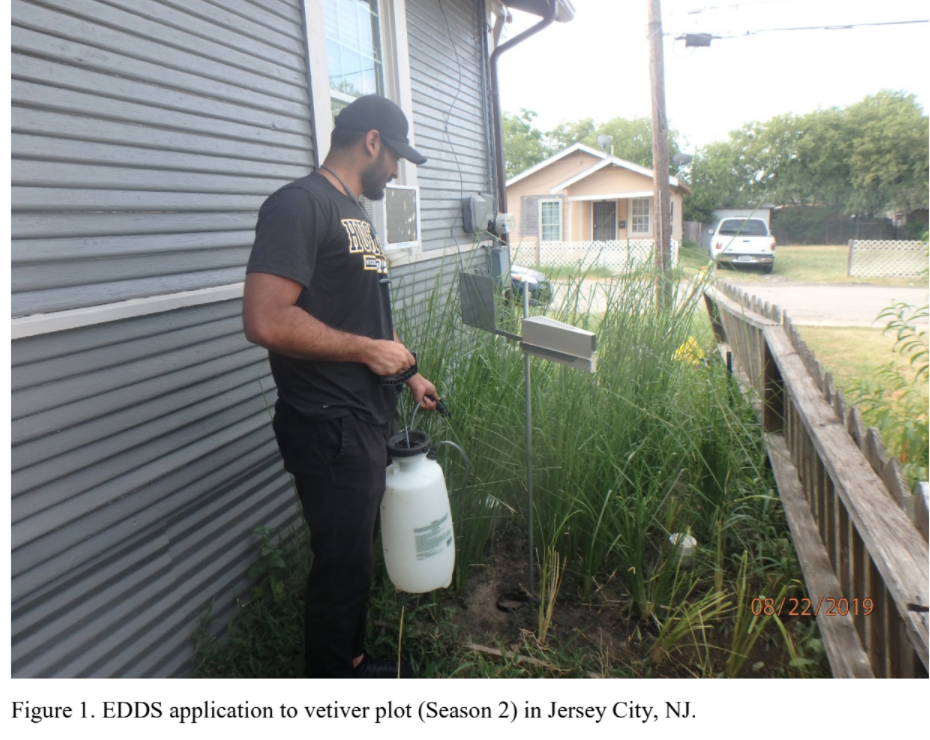Phytoremediation success depends on the bioavailability of the lead in the soil. Bioavailability is the amount of metals available for plant uptake. It depends on certain factors such as soil makeup/texture, pH, and geochemical properties. Soil can be made up of different sand, silt, gravel, and clay ratios (Andra et al. 2010). Gravel and sand are large coarse particles, while the clay is the finest and smallest. Metals strongly bind to clay particles due to their higher surface area and negative charge than sand or gravel (Attinti et al. 2017).

Geochemical fractional properties of metals in soil include water-soluble, exchangeable, carbonate bound, iron and magnesium bound, organic bound, and residual bound. Water-soluble is the most mobile phase. In this phase, metals are most hazardous to humans and the environment and are the most bioavailable to plants. Exchangeable metals are weakly bound and become bioavailable. Carbonate bonds are metals bound to the carbonates in the soil. Water-soluble, exchangeable, and carbonate-bound metals are in their most mobile. Iron and aluminum oxide bound, organic matter, and residual bound provide a sink for heavy metals, due to their high surface area and overall charge, metals are most immobile and not bioavailable for plant uptake (Kotoky et al. 2003).

Chelating agents are often added during phytoremediation to increase heavy metals’ solubility, mobility, and bioavailability. Common chelating agents include ethylenediaminetetraacetic acid (EDTA) and a natural chelating agent S, S’ ethylenediamine disuccinate (EDDS). EDTA is one of the most effective chelating agents in increasing metal uptake by plants. EDTA has a low biodegradation rate and can last long in the environment, increasing the risk of metal leaching. EDDS is a natural chelating agent that is able to biodegrade faster and therefore does not persist as long in the environment (Attinti et al. 2017).
Attinti, R., K. Barrett, R. Datta, and D. Sarkar. 2017. Ethylenediamine Disuccinic acid (EDDS) enhances phytoextraction of lead by vetiver grass from contaminated residential soils in a panel study in the field. Environmental pollution.
Kotoky, P., B.J. Bora, N.K. Baruah, J. Baruah, P. Baruah, and G.C.Borah. 2003. Chemical fractionation of heavy metals in soils around oil installations, assam. Chemical speciation & Bioavailability. 15:4, 115-126
Andra, S., D. Sarkar, R. Datta, and S. Saminathan.2010. Chelant-assisted phytostabilization of paint contaminated residential sites. Clean soil air water. 38(9), 803-811